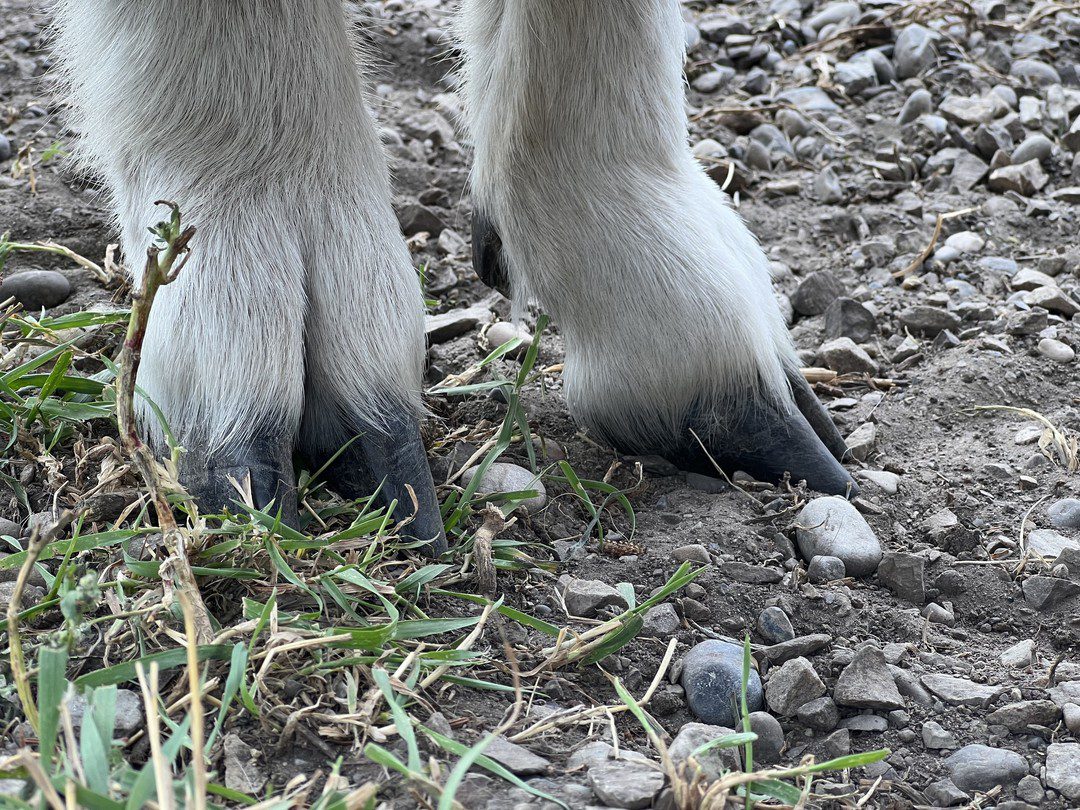A New Beak Joins the Rainforest Aviary
We're thrilled to welcome a new species to the Rainforest Aviary! We are now home to a two-year-old female Von der Decken’s hornbill! This beautiful bird, who doesn’t yet have a name,…
Read MoreBrawn Family Foundation River Lodge: The Brawn Family Foundation River Lodge is closed this afternoon, July 8th.
Asia Lawn and BBQ Tent: The Asia Lawn and BBQ tent will be closed to the public until 12:00 p.m. on Thursday, July 10th, to accommodate a member event.
Penguin Plunge: Penguin Plunge will open at 9:30 a.m. on the following days to accommodate our Penguin Breakfast events:
Thank you for your understanding.
Exploration Asia
The Exploration Asia Redevelopment project is officially underway! While there are some viewing impacts in the area, you can still visit many of your favourite species.
Due to significant construction activities in and around Exploration Asia, the zoo’s West Gate will remain closed for the 2025 season and is expected to remain closed until at least 2028/2029. This necessary step supports the safe movement of visitors while we undertake exciting improvements to animal habitats and visitor experiences.
Bite-Sized
A healthy set of hooves is essential to an animal’s health and well-being! Healthy hooves can help ensure that a hoofed mammal is free from infection, comfortable walking, and free from arthritis or other joint issues.
But what is a hoof exactly? A hoof is made of keratin, the same protein that makes up our human hair and fingernails. An animal’s hoof is essentially an enlarged big toe, which is made of two parts – the unguis and the subunguis. The unguis is the exterior of the subunguis, forming the nail portion of the hoof, while the subunguis is the fine layer on the underside of the nail. These words give hoofed mammals their name – an animal with hooves is called an ungulate!
Hoof care is an ongoing process at the zoo. In addition to carefully monitoring the hooves of the different species that live at the zoo, one key part of hoof care is habitat design. The keratin in hooves naturally wears down as an animal moves through its environment. Here at the zoo, a variety of different substrates allow our animal residents to naturally wear down their hooves.
Let’s take the Rocky Mountain goat habitat, for instance. Rocky Mountain goats are famous for their hooves (pictured), which are cloven with two toes that are spread wide for balance on precarious rock ledges. Their toes have rough pads on the bottom, which gives them excellent grip like a climbing shoe. With rough rocks in the habitat, our goat herd gets tons of natural wear that allows them to move nimbly and make incredible leaps and bounds.
Thoughtful habitat design, coupled with exemplary care from our Animal Care, Health & Welfare team helps to keep our resident ungulates healthy and comfortable!
